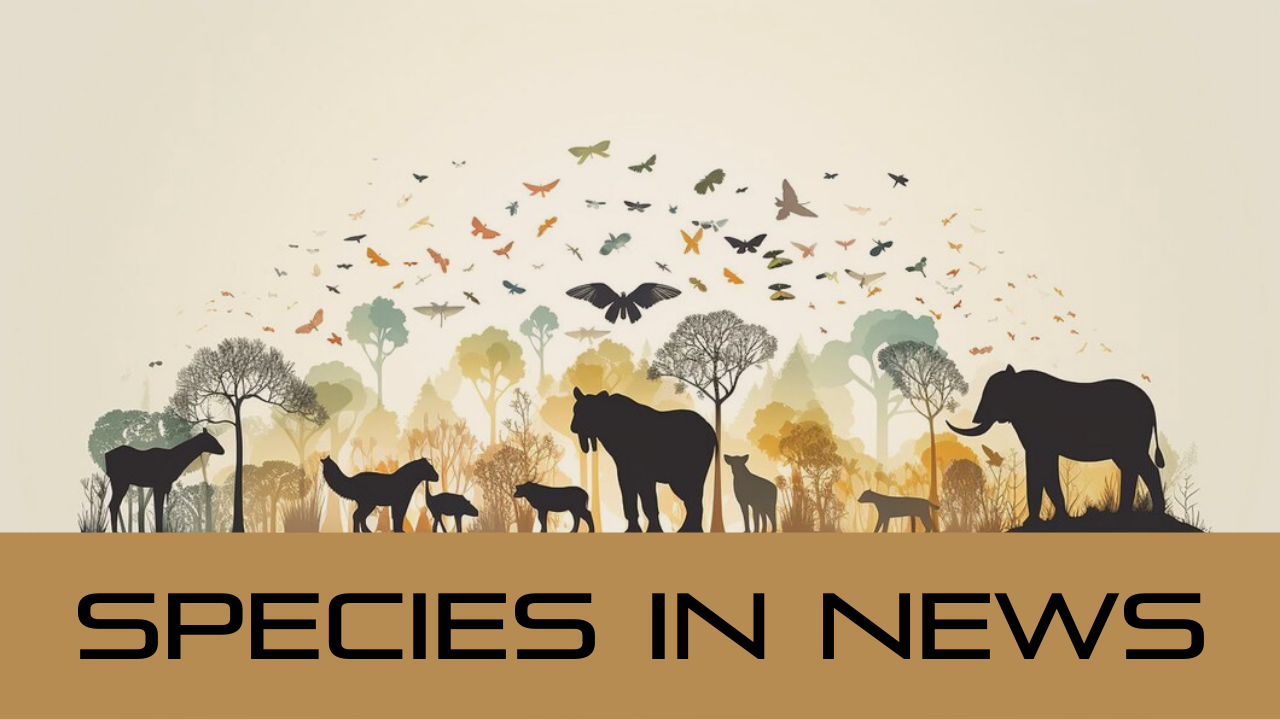Font size:
Print
Species in News: Zebra Mussels (Dreissena polymorpha)
Context:
Recently, Colorado Parks and Wildlife discovered zebra mussel larvae in the Colorado River east of Grand Junction, marking the first appearance of this invasive species that can devastate aquatic ecosystems and cause millions in infrastructure damage.

More on news:
- Discovery upstream indicates potential downstream spread along the 1,450-mile river, impacting a large area.
- No adult mussels have been found yet.
- To prevent spread, users should clean, drain, and dry their equipment.
- Previous Findings: Discovered in the U.S. in 1988, zebra mussels have spread to various states.
- In Colorado, found in Highline Lake in 2022; eradication efforts are ongoing.
Zebra Mussels: Overview and Impacts:
- Description: Zebra mussels (Dreissena polymorpha) are small, freshwater bivalve shellfish (mollusks), Native to Black and Caspian seas in southeastern Europe.
-
- They are easily identified by their distinct ‘D’ shaped shells with black zigzag stripes.
- They grow up to 2 inches long and are microscopic as larvae (veligers). They reproduce rapidly, with each female releasing up to a million eggs per year.
- They do not survive in marine environments.
-
- Arrived in North America via freshwater ballast from European ships.
- The species is nearly impossible to remove once established.
- Reproduction and Spread: Zebra mussel larvae, or veligers, are microscopic and can travel long distances before settling.
-
- A single female can produce up to a million larvae per year.
-
- Comparison with Quagga Mussels: The related quagga mussel has caused significant damage in nearby reservoirs, such as Lake Mead and Lake Powell.
- Economic Impacts: Zebra mussels cause economic damage through “biofouling,” encrusting hard surfaces like rocks, docks, and boats.
-
-
- Their byssal threads make them difficult to remove, leading to costly repairs for clogged boats and machinery.
-
- Environmental Impact: They outcompete native species for food and space.
-
-
- Their efficient filtering of plankton alters food webs and increases water clarity, affecting species reliant on plankton and visual predators.
-

About Colorado River:
|






